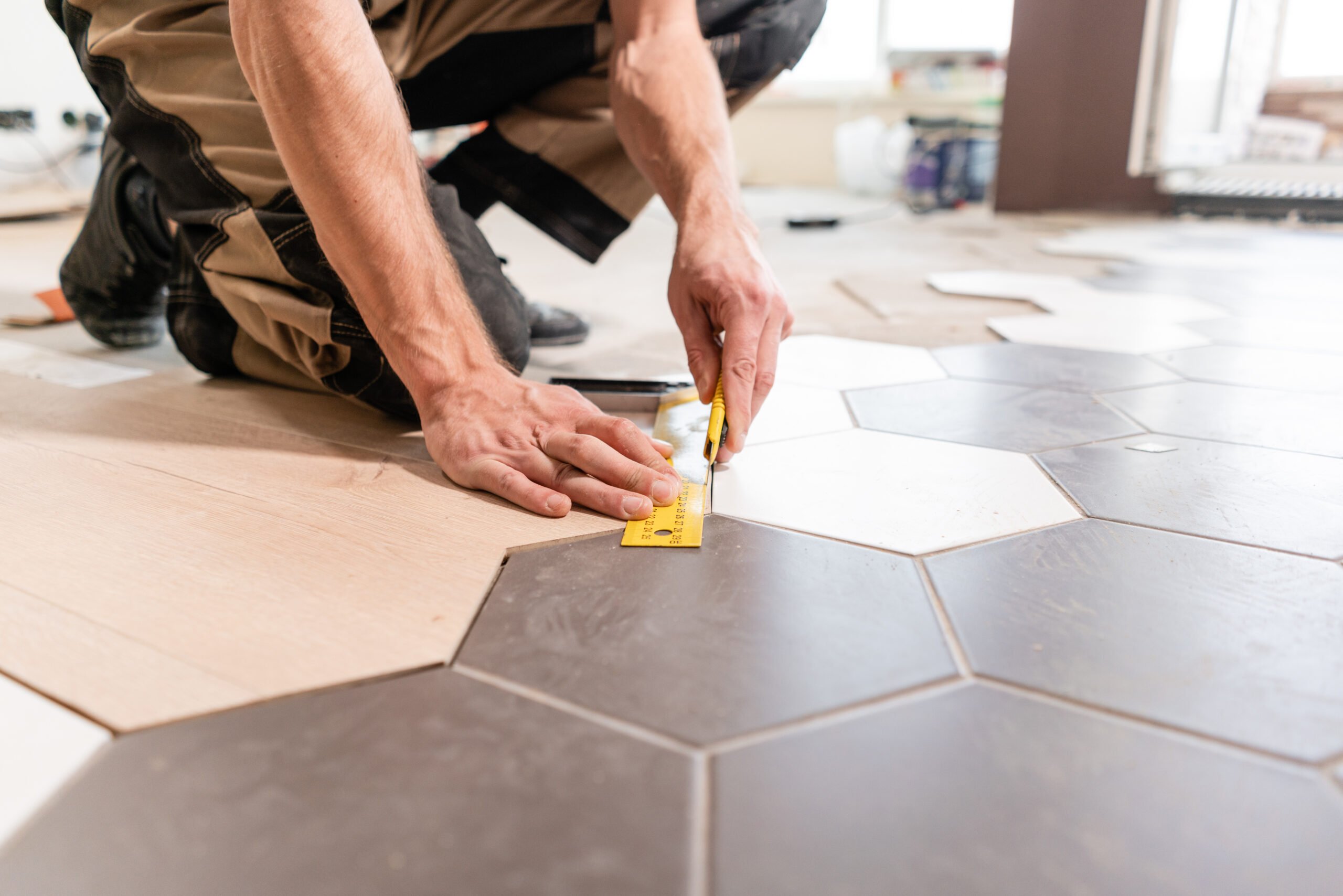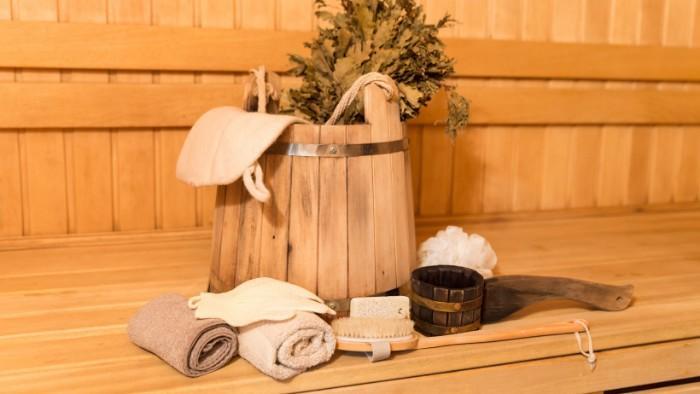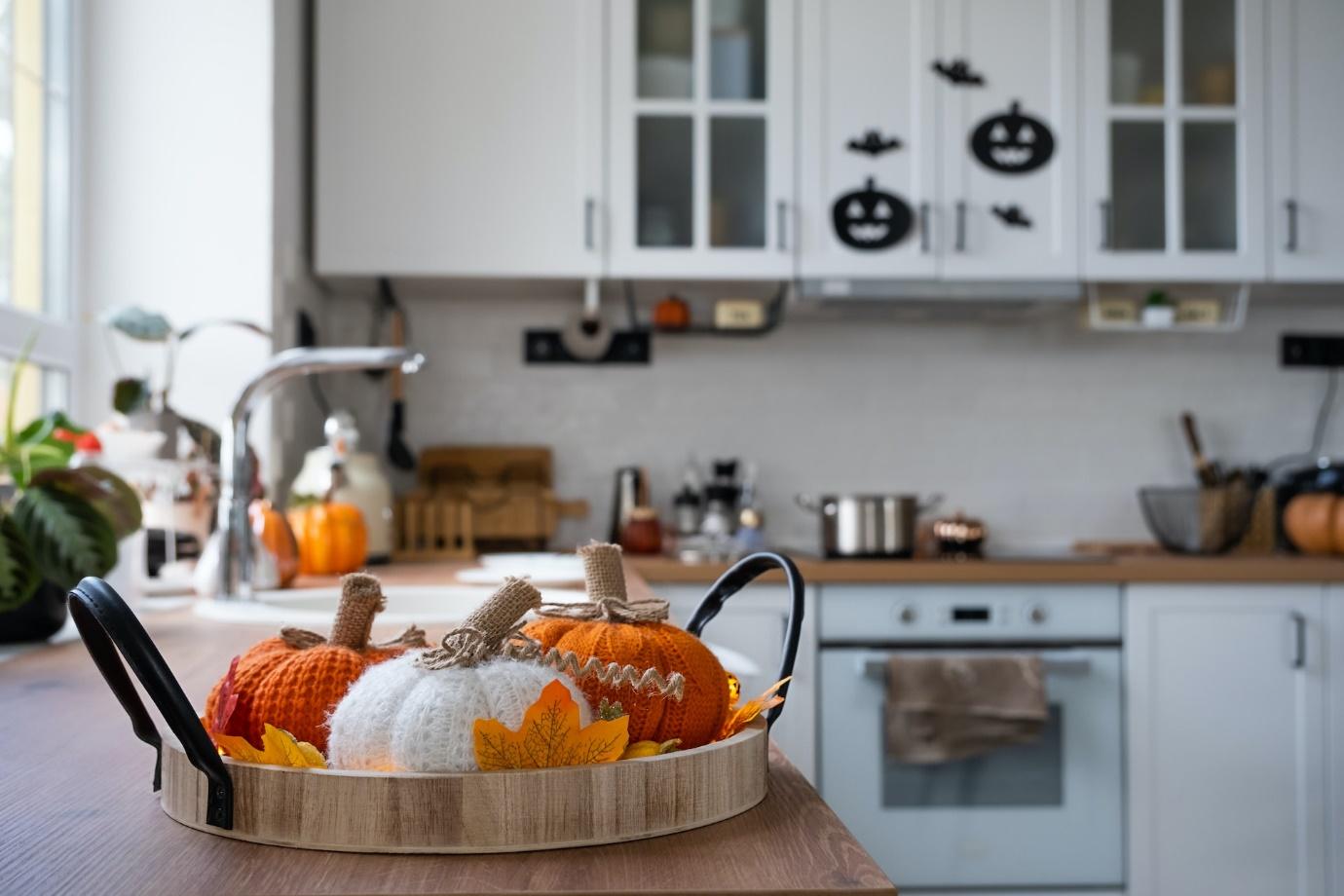How To Choose The Right Flooring For Every Room In Your Home

Table of Contents
To guarantee the right flooring for every room in your home, you’ll need to assess each room’s functionality. Consider traffic levels, moisture exposure, and if pets use the space. High-traffic areas benefit from durable materials like porcelain tile or luxury vinyl.
For moist environments like bathrooms, opt for water-resistant options. Bedrooms and living areas can be cozier with carpet or cork for warmth and noise reduction.
When exploring the different landscape of home remodeling, it’s important to customize your approach to each area, drawing upon flooring inspiration for every room
Assessing Room Functionality
Before choosing flooring, assess each room’s functionality, considering traffic, moisture, pets, size, and budget. You’ll find that different spaces demand unique flooring options to align with their respective challenges and uses.
High-traffic areas such as hallways and living rooms necessitate robust flooring capable of withstanding considerable wear and tear without compromising on aesthetic. Here, you’re not just considering durability but also how the flooring contributes to the room’s overall feel and flow.
In high-moisture areas, like bathrooms and kitchens, your choices narrow greatly as not all materials will meet the necessary criteria for water resistance. It’s important to opt for flooring that can handle regular exposure to moisture while maintaining its integrity and appearance. This isn’t just about practicality; it’s about ensuring longevity and reducing future maintenance costs.
If pets are part of your family, factor in the need for scratch-resistant and easy-to-clean surfaces. Pets can be tough on flooring, so choosing a material that stands up to this challenge while still fitting into your aesthetic and budget is vital.
Evaluating Material Durability
Having considered room functionality, let’s now examine the durability of various flooring materials to make certain you make a resilient choice for your home.
When selecting flooring, you’ll want to prioritize materials that can withstand the rigors of daily use, especially in high-traffic areas. Porcelain tile, known for its robustness, emerges as a superior contender, particularly in kitchens and mudrooms. Its scratch-resistant nature guarantees it remains pristine despite frequent footfall.
For rooms prone to moisture like bathrooms and laundry areas, you’d benefit from choosing textured porcelain tiles. These not only offer enhanced durability but also improve safety by reducing slipperiness when wet.
Vinyl flooring, particularly luxury vinyl tiles and planks, presents a cost-effective yet durable alternative. With options mimicking stone or wood, vinyl is suitable for various spaces, allowing for aesthetic flexibility without compromising on resilience.
In environments with potential moisture issues, such as basements, engineered wood flooring is advisable. It provides the necessary moisture resistance, ensuring longevity even in less-than-ideal conditions.
Similarly, for areas exposed to sunlight and moisture like sunrooms, consider flooring options that balance durability with specific environmental demands, including porcelain tile, engineered wood, or vinyl. These choices guarantee your flooring remains both functional and appealing over time.
Considering Comfort and Style
When selecting flooring, always consider both comfort and style to make sure that your selections enhance the livability and aesthetic of each room.
The right flooring can transform your space, making it both functional and stylish. You’ll want to guarantee that the materials you choose not only look great but also cater to the comfort and utility of each area in your home.
Here are key considerations for selecting flooring based on comfort and style:
- Carpet Flooring: Ideal for bedrooms and living areas or upstairs areas like attic bedrooms – carpeting offers a plush, cozy feel underfoot, creating a warm and inviting atmosphere.
- Hardwood and Laminate: Perfect for high-traffic zones like hallways, these options provide timeless style with the added benefit of being easy to clean and maintain.
- Luxury Vinyl Tiles: These are superb for kitchens and bathrooms due to their durability and water resistance, marrying practicality with modern aesthetics.
- Cork Flooring: A top choice for home offices or playrooms, cork isn’t only sustainable but also provides a soft, quiet surface that’s comfortable for both work and play.
Budgeting for Flooring Costs
How much should you expect to spend on new flooring for your home? Budgeting for flooring costs isn’t just a matter of picking out a material; it involves considering several financial aspects including materials, delivery, installation, and baseboard costs. Let’s break it down so you can master your budget effectively.
If you’re working with a lower budget, you might lean towards more economical options such as laminate, sheet, or tile resilient flooring. These materials can offer durability and style without breaking the bank. Remember, the key to maximizing such choices lies in factoring in all associated costs, not just the price per square foot.
For those with a bit more to spend, mid-range budgets open the door to domestic hardwoods, engineered wood, and higher-quality laminates. These options provide a great balance between cost and quality, giving your home a more upscale look while still keeping an eye on overall expenditures.
If you’re ready to invest more generously, higher budgets allow for the luxury of premium hardwoods and top-tier vinyl options. Regardless of the tier, don’t forget to include installation costs in your financial planning. Proper budgeting guarantees no surprises and helps maintain a seamless flow in upgrading your home’s flooring.
Installation and Maintenance Needs
Different flooring materials come with unique installation and maintenance requirements that you must take into account to guarantee their longevity and appearance.
Proper installation is paramount. Each type of flooring demands specific techniques to guarantee its durability and performance.
For instance, hardwood floors require expert installation to avoid gaps and buckling over time. Similarly, tiles need precise placement and sealing to prevent moisture damage and maintain their allure.
Maintenance varies greatly across different materials:
- Hardwood: Needs refinishing every ten years to combat wear and tear.
- Vinyl: Easily kept pristine with regular sweeping and mopping.
- Tile: Requires grout cleaning and periodic sealing to preserve its condition.
- General: Routine care such as immediate spill cleanup and the use of furniture pads, s can extend the life of any flooring.
Conclusion
Don’t forget to budget for materials, installation, and maintenance. With the right planning, you can balance durability, style, and cost-effectiveness. There’s more to explore to make sure each room meets your specific needs.
The kitchen, a bustling marketplace, needs sturdy cobblestones—think durable tiles.
Your bedroom, a quiet glade, calls for the whispers of plush carpet.
Balance your treasure pouch wisely, as the cost of golden hardwoods differs from simple stone.
With the right tools and maps, you’ll navigate the installation terrain smoothly, ensuring each room blossoms under your careful stewardship.






